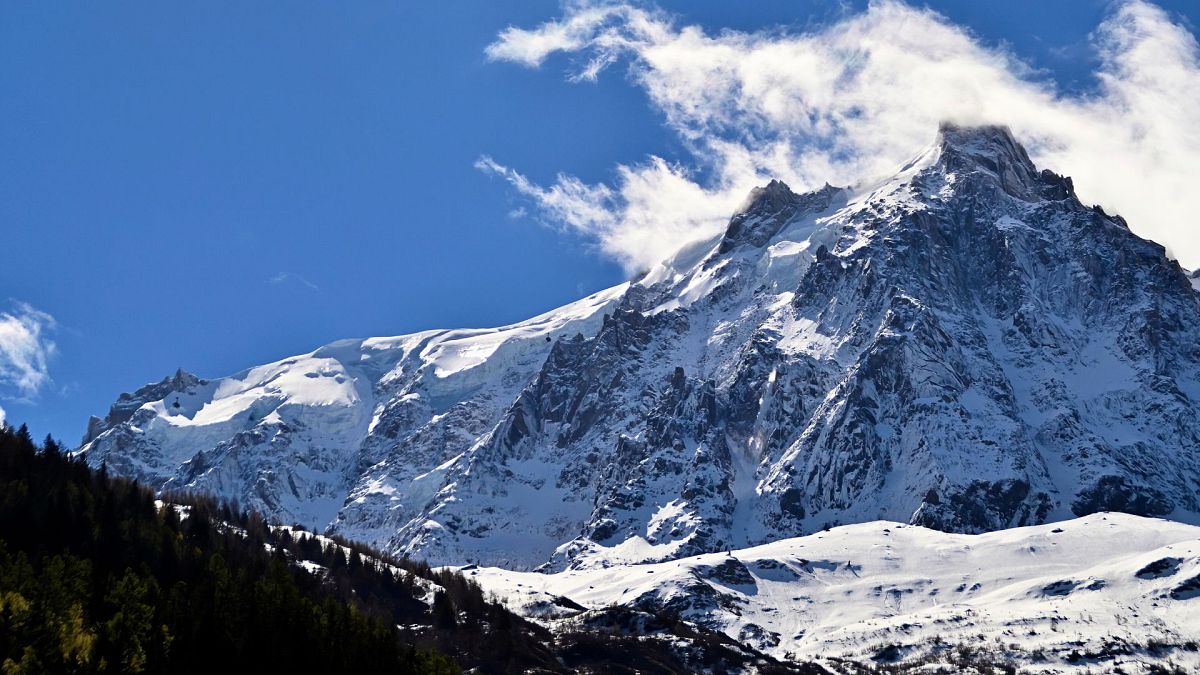The world’s second deepest tunnel has been reopened after three months of renovations.
Planning to drive between France and Italy in 2025? You can now take the Mont-Blanc Tunnel, which links the two countries beneath the Alps, as it has been reopened after months of renovation work.
A 600-metre stretch of the 11-kilometre tunnel was completely reconstructed.
Alternative ‘scenic’ routes continue to be available but do add to your travel time. Here’s how to plan your Europe road trip around this coming year.
Why was the Mont-Blanc Tunnel closed?
Opened in 1965, the Mont-Blanc highway tunnel links Chamonix in Haute Savoie, southeast France, with Courmayer in Aosta Valley, northwest Italy.
It is part of the north-south European route E25, which runs from the Hook of Holland down to the ferry crossing from Cagliari to Palermo in Sicily.
Lying 2,480 metres beneath the Aiguille du Midi summit, it is the world’s second deepest tunnel in operation after Switzerland’s Gotthard Base Tunnel.
Various closures took place throughout 2024 to allow for maintenance work, safety drills and renovation.
In the autumn, structural renovation work took place on the vault. This was one of the first major European tunnels to undertake deep renovation work on its structure.
For 15 weeks, different reconstruction technologies were tested on two 300 metre stretches of the tunnel. More than 150 people mobilised to undertake the renovations, which took place 24 hours a day and represented more than 150,000 hours of work.
The most efficient and effective techniques could be applied to an additional 600 metre section during another closure in 2025 – however no specific dates have been confirmed.
Further works along the tunnel’s entire length are to be expected in the coming years, however the French and Italian governments are in discussion over whether to do a full tunnel closure over four years where the entire vault can be refurbished in one go, or renovate the tunnel across a couple of decades with annual four-month closures.
Alternative routes to the Mont-Blanc Tunnel
Even when the Mont-Blanc Tunnel is closed, it is still possible to drive between France and Italy on different routes.
Although these may extend your journey time, they could save you money: the one-way toll for a car use to the Mont-Blanc tunnel is €51.50 while a return is €64.20.
Around 160 km south of the Mont-Blanc Tunnel, the Fréjus Tunnel connects Modane in France to Bardonecchia in Italy, which is a good alternative route for heavy goods vehicles. A one-way trip for cars costs €54.10 and a return €67.50.
Toll payment subscriptions including the TMB card and Eurotoll cover both tunnels under the same pass. If you already hold a multi-journey discount passes then this should have been automatically extended by four months to account for the recent Mont-Blanc Tunnel closure.
Alternatively, the Tunnel du Grand-Saint-Bernard links Martigny in Valais, Switzerland, with Saint-Rhémy-en-Bosses in Italy’s Aosta Valley. The one-way toll for a car is €31.
Located further southwest, the Col du Petit-Saint-Bernard is a mountain pass linking Savoie in France with Aosta Valley. However, it can face closures due to heavy snow, so check the weather before planning your route.
To the north, the Col des Montets mountain pass, linking Chamonix with Vallorcine in France – on the border with Valais – is another route that does get hit by snow closures.
The Tunnel des Montets, a single track railway tunnel that doubles as a road, is also sometimes used when the pass is closed but often faces heavy traffic.
The scenic Mont Cenis pass between the Cottian Alps in France and the Graian Alps in Italy is typically open to traffic until November, when it closes for the winter season.
The Montgenèvre Pass connecting Briançon in France and Cesana Torinese in Italy is another option for road travel further south of the Tunnel du Mont-Blanc.

